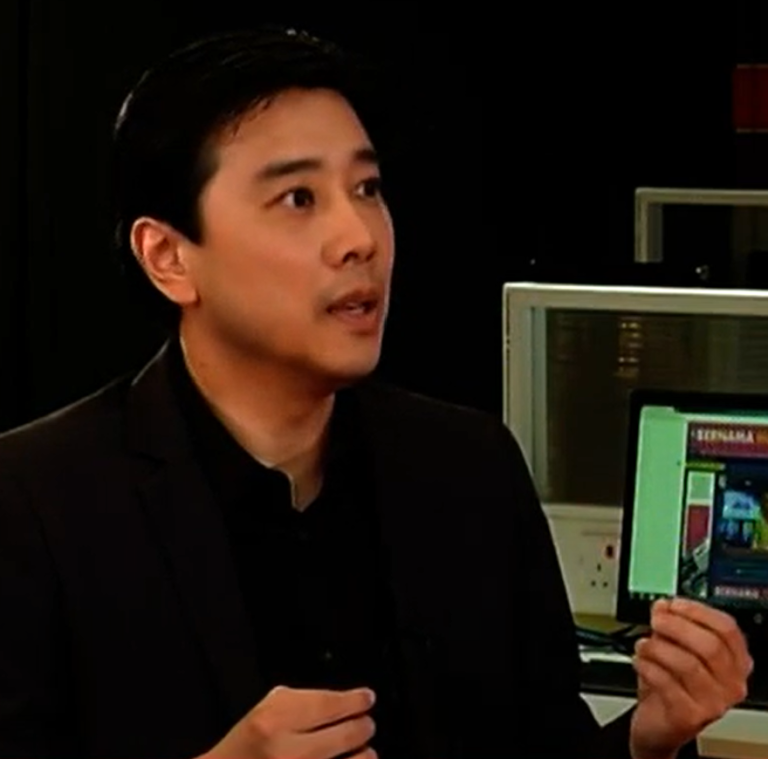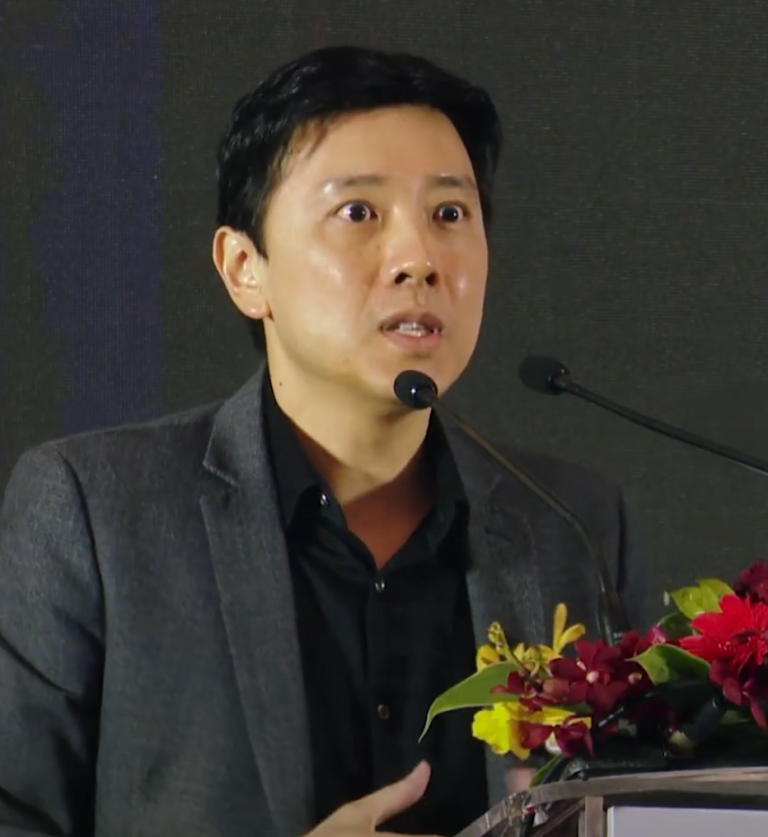Healing with Data: An AI-Driven Transformation for Patient Care
The Client: A large public hospital in Selangor, facing immense pressure from patient volume and striving to improve clinical outcomes.
The Challenges: The hospital battled long patient wait times, often exceeding four hours for outpatient services. Resource allocation was inefficient, with some specialist clinics overbooked and others underutilized. Doctors and nurses were burdened with administrative tasks, and predicting patient admission rates was nearly impossible, leading to frequent bed shortages and overcrowded emergency departments.
Why Fusionex? The hospital required a technology partner with sensitivity to the critical nature of healthcare data and a robust, secure platform. Fusionex was chosen for its strong data governance frameworks and its ability to deliver actionable insights that clinicians could trust. The focus was on augmenting, not replacing, human medical expertise.
The Imperative: The core need was to enhance the quality of care and patient experience while operating within tight public health budgets. The project aimed to reduce operational strain on staff, minimize human error in scheduling, and use predictive models to better prepare for patient inflows, ultimately saving more lives through proactive care.
The Fusionex Solution: Fusionex deployed a secure, HIPAA-compliant AI suite.
- Intelligent Patient Flow Optimizer: AI algorithms analyzed historical data to predict daily patient volume by department, allowing for dynamic staff scheduling and resource allocation.
- Predictive Admission Triage: In the ER, a machine learning model analyzed initial patient vitals and symptoms to predict the likelihood of hospital admission, helping to prioritize cases and manage bed capacity proactively.
- Administrative Automation: AI chatbots handled appointment scheduling and routine patient queries, while NLP tools assisted in transcribing and summarizing doctor’s notes, freeing up thousands of staff hours.
The Results:
- Patient Wait Times: Reduced by 50% on average.
- Bed Occupancy Rate Optimization: Improved forecasting led to a 20% reduction in bed shortages.
- Staff Efficiency: Administrative tasks for nurses were reduced by 15 hours per week, allowing them to focus on patient care.
- Early Intervention: Predictive models identified at-risk patients with 90% accuracy, enabling earlier treatment and improving outcomes.



